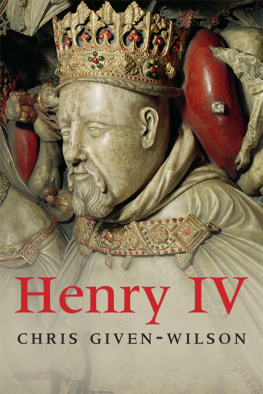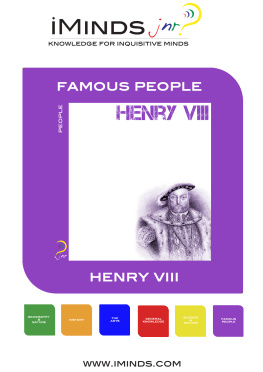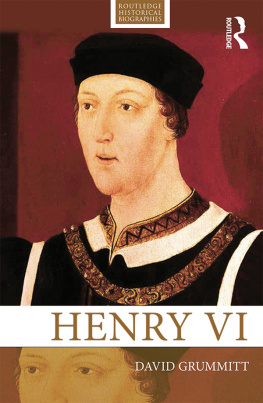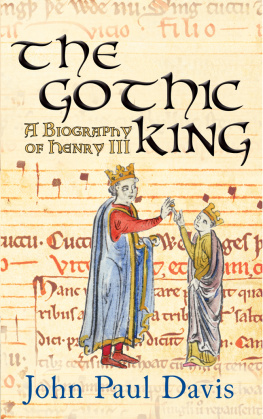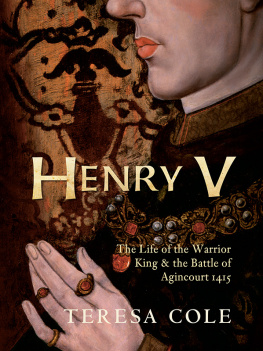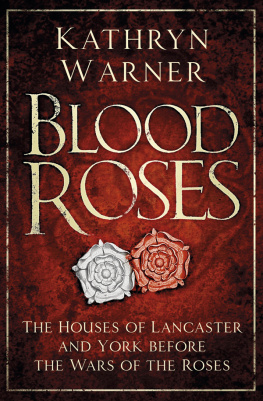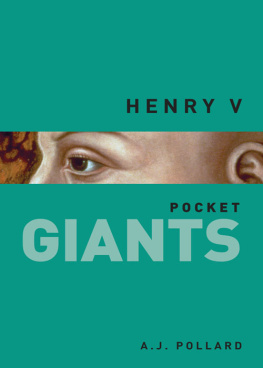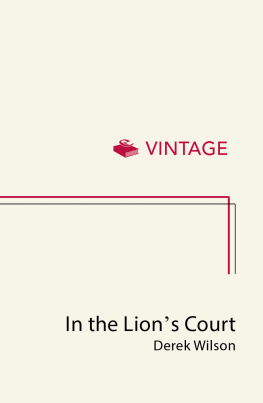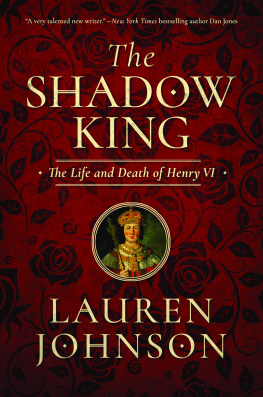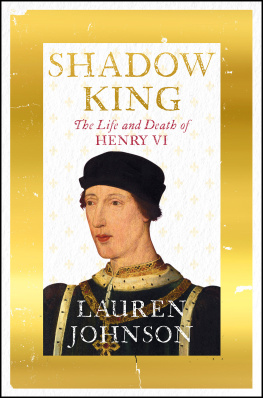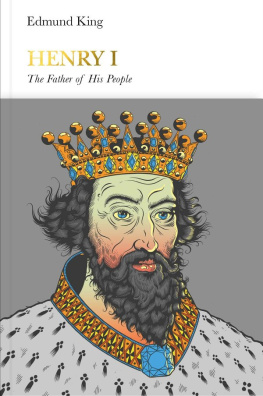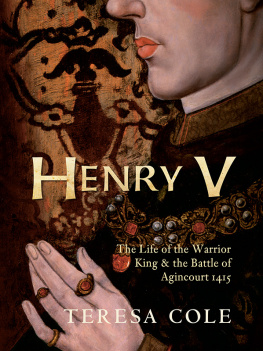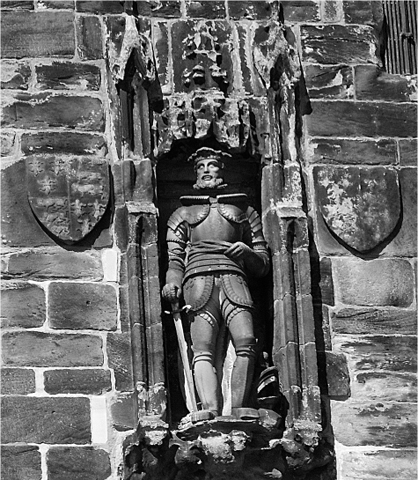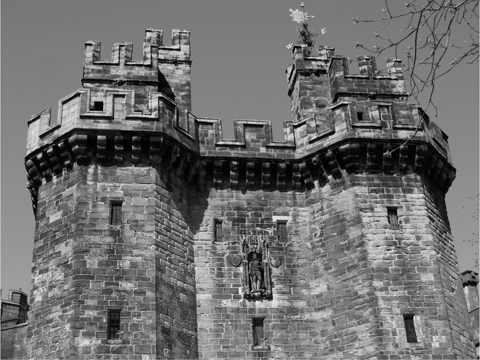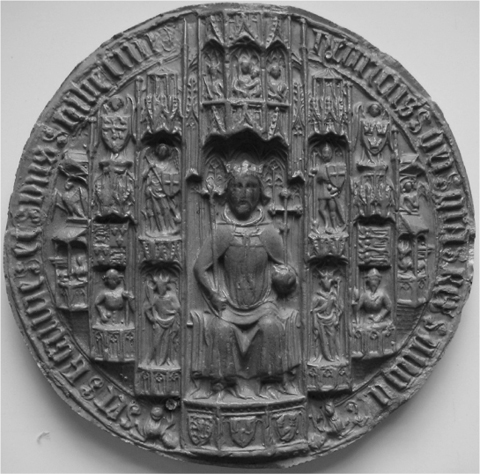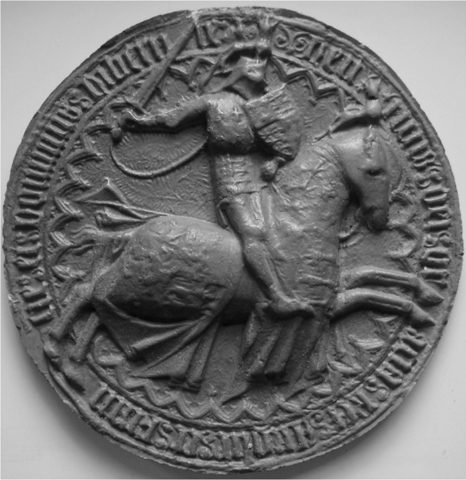Given-Wilson Chris; Henry IV; King of England Henry IV - Henry IV The English Monarchs Series
Here you can read online Given-Wilson Chris; Henry IV; King of England Henry IV - Henry IV The English Monarchs Series full text of the book (entire story) in english for free. Download pdf and epub, get meaning, cover and reviews about this ebook. City: Array, Great Britain / History / Henry IV, 1399-1413., Great Britain / Kings and rulers / Biography, year: 2016, publisher: Yale University Press, genre: Non-fiction. Description of the work, (preface) as well as reviews are available. Best literature library LitArk.com created for fans of good reading and offers a wide selection of genres:
Romance novel
Science fiction
Adventure
Detective
Science
History
Home and family
Prose
Art
Politics
Computer
Non-fiction
Religion
Business
Children
Humor
Choose a favorite category and find really read worthwhile books. Enjoy immersion in the world of imagination, feel the emotions of the characters or learn something new for yourself, make an fascinating discovery.
- Book:Henry IV The English Monarchs Series
- Author:
- Publisher:Yale University Press
- Genre:
- Year:2016
- City:Array, Great Britain / History / Henry IV, 1399-1413., Great Britain / Kings and rulers / Biography
- Rating:4 / 5
- Favourites:Add to favourites
- Your mark:
Henry IV The English Monarchs Series: summary, description and annotation
We offer to read an annotation, description, summary or preface (depends on what the author of the book "Henry IV The English Monarchs Series" wrote himself). If you haven't found the necessary information about the book — write in the comments, we will try to find it.
Henry faced the usual problems of usurpers: foreign wars, rebellions, and plots, as well as the ambitions and demands of the Lancastrian retainers who had helped him win the throne. By 1406 his rule was broadly established, and although he became ill shortly after this and never fully recovered, he retained ultimate power until his death. Using a wide variety of previously untapped archival materials, Chris Given-Wilson reveals a cultured, extravagant, and skeptical monarch who crushed opposition ruthlessly but never quite succeeded in satisfying the expectations of his own supporters.
Given-Wilson Chris; Henry IV; King of England Henry IV: author's other books
Who wrote Henry IV The English Monarchs Series? Find out the surname, the name of the author of the book and a list of all author's works by series.

